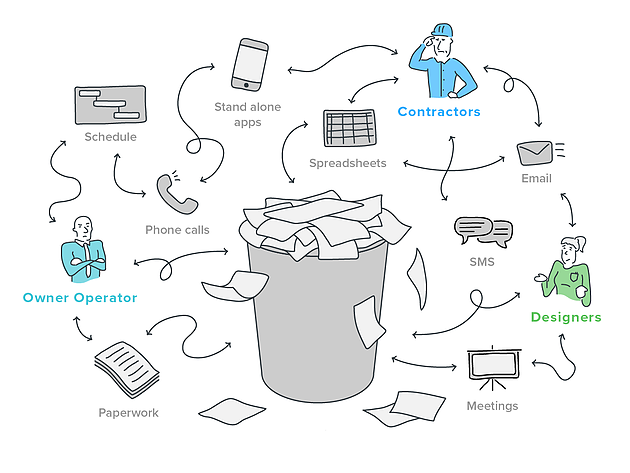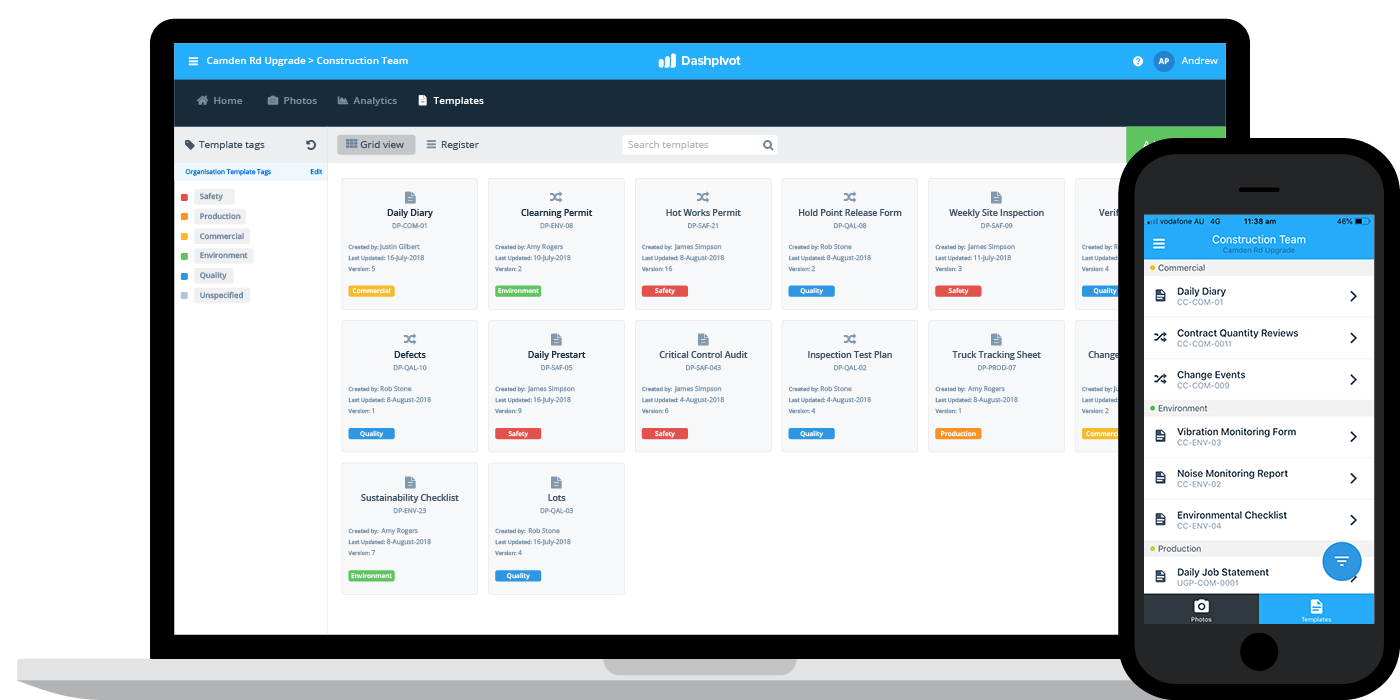From Disorder to Control: Using the Possible of Construction Document Management
From Disorder to Control: Using the Possible of Construction Document Management
Blog Article
Getting Seamless Task Shipment: Designer's Comprehensive Technique to Building And Construction Record Monitoring
In the world of style and building and construction, the meticulous orchestration of project elements is paramount to success. One vital facet commonly underestimated is the management of construction documents, which works as the foundation of every job. construction document management. As designers navigate the complexities of execution, control, and layout, a detailed method to document monitoring becomes a linchpin for attaining smooth project distribution. By exploring the nuances of this procedure, revealing the crucial aspects, and exploring innovative technical services, architects introduce a pathway in the direction of increased efficiency and cooperation within job groups. The combination of innovation, collaboration, and accuracy creates the cornerstone of an effective architectural venture, elevating the value of an organized file monitoring strategy.
Relevance of Construction Record Monitoring
Effective building file management plays an essential role in making certain task success by facilitating seamless interaction and organization throughout the construction procedure. By preserving precise and updated building and construction papers, architects can properly connect with specialists, subcontractors, and various other stakeholders associated with the task. These documents act as a recommendation point for all celebrations, guaranteeing that everyone is functioning from the same collection of information and reducing the chance of misunderstandings or mistakes.
Furthermore, appropriate record administration can boost job effectiveness, minimize costly hold-ups, and eventually lead to the effective conclusion of building tasks. Designers that focus on construction paper monitoring set a solid structure for job success and show a dedication to providing premium results.
Secret Aspects for Effective Documents

Developing standardized templates and procedures ensures consistency across all task files. Applying a robust record management system that enables for variation control, gain access to limitations, and audit tracks greatly enhances the organization and security of task documents. By incorporating these essential aspects right into construction record monitoring techniques, designers can simplify procedures, reduce errors, and inevitably contribute to the successful shipment of projects.
Utilizing Innovation for Record Company
Leveraging sophisticated electronic tools and software application systems is crucial in enhancing the organization and ease of access of building documents. Building companies can enhance their record monitoring procedures by implementing specialized software program created for the building and construction sector. These tools offer features such as version control, cloud storage space, and collective editing capabilities, making it possible for employee to deal with documents all at once and making sure everybody has accessibility to one of the most up-to-date details.
One key advantage of utilizing innovation for paper organization is the ability to develop a centralized database for all project-related documents. By keeping files in a safe and secure electronic atmosphere, architects can easily search, fetch, and share details with stakeholders, minimizing the risk of variation disputes or misplaced data. In addition, progressed software application services commonly incorporate metadata tagging and indexing functionalities, permitting customers to categorize records effectively and obtain them swiftly when needed.
Joint Methods With Task Groups
To enhance task end results, designers must accept joint strategies when dealing with task teams to guarantee smooth communication and control throughout the building and construction procedure. Partnership with task teams is vital for engineers to efficiently take care of building and construction tasks. construction document management. By fostering open interaction and synergy among all stakeholders, designers can simplify decision-making processes, address possible problems proactively, and make certain that everyone is lined up with the job goals
Designers ought to establish clear lines of communication with engineers, contractors, clients, and other essential employee from the start of the task. Routine meetings, development updates, and comments sessions must be arranged to keep everyone educated and involved. Using collective job administration tools can additionally promote real-time info sharing and file collaboration, enhancing openness and performance.

Ideal Practices for Paper Variation Control

Final Thought
Finally, efficient construction paper administration is important for accomplishing smooth job distribution. By concentrating on crucial elements such as partnership, variation, and company control, designers can ensure that all task groups are working from up-to-date and precise details. Using modern technology can enhance the documents process and boost overall job performance. It is essential for designers to implement finest techniques in file management to efficiently navigate the complexities of construction straight from the source tasks.
Effective building and construction look at more info record monitoring plays an essential role in guaranteeing job success by promoting smooth interaction and organization throughout the building process. Furthermore, proper file administration can boost project efficiency, reduce pricey hold-ups, and inevitably lead to the effective completion of construction tasks.To optimize project outcomes, architects must welcome joint strategies when functioning with job teams to guarantee seamless communication and control throughout the building and construction procedure. Cooperation with task teams is vital for designers to efficiently manage construction tasks.In the world of collective building job management, preserving exact control over file versions stands as a critical technique for making certain job integrity and communication.
Report this page